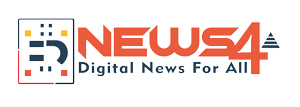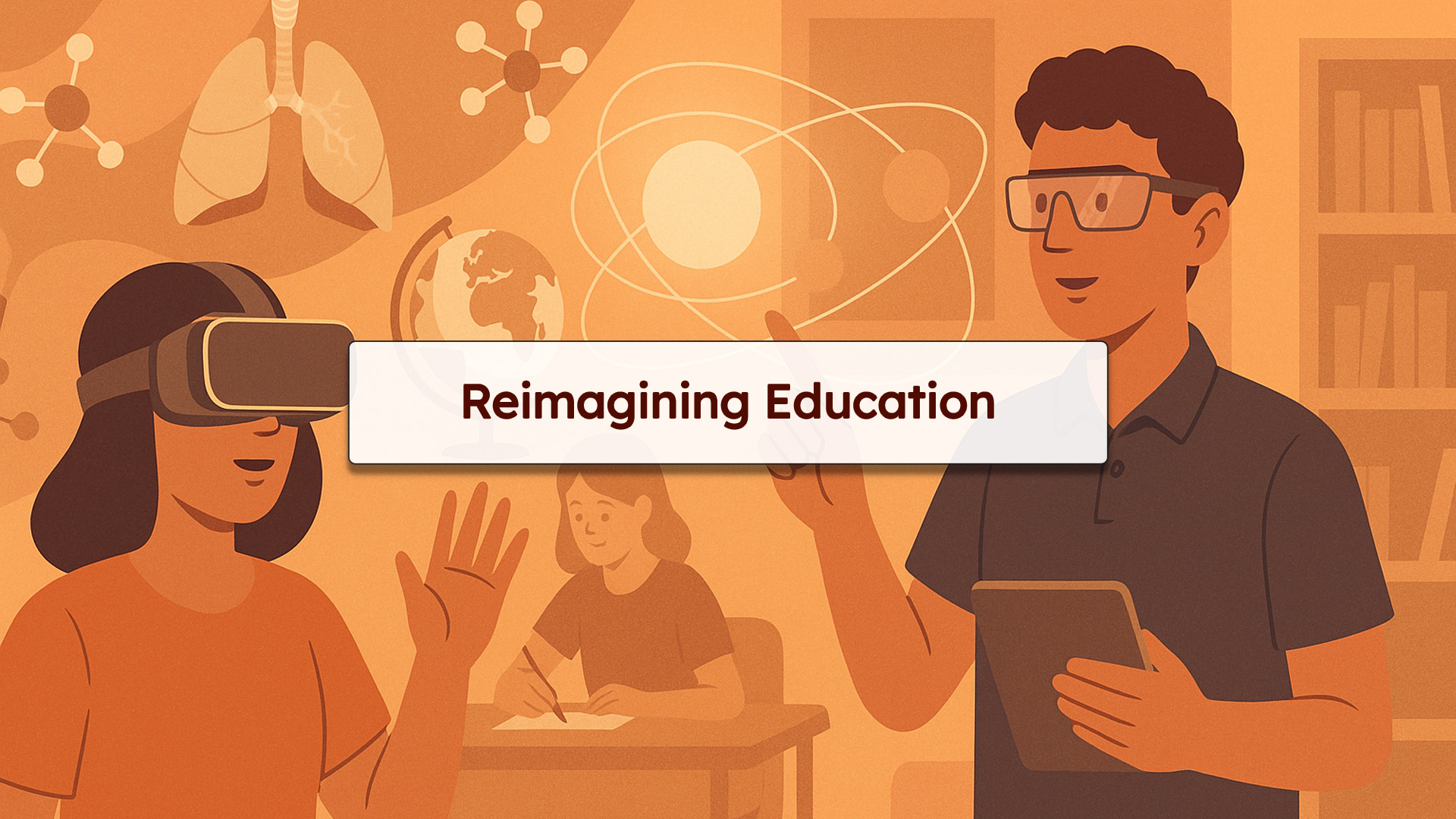The landscape of education is evolving rapidly, driven by innovations in technology. Among the most transformative tools making their way into classrooms are Virtual Reality (VR) and Augmented Reality (AR). These immersive technologies have the potential to revolutionize the way students learn, engage, and interact with information. However, alongside their promise come notable challenges that educators and institutions must navigate.
Benefits of VR and AR in Education
1. Enhanced Engagement and Immersion
VR and AR offer an unparalleled level of engagement. Whether it’s exploring the human anatomy in 3D or walking through ancient Rome, students are no longer passive recipients of information—they become active participants. This immersion can increase attention, motivation, and long-term retention of knowledge.
2. Experiential Learning
Simulations and virtual environments allow students to experience complex scenarios that would be difficult, dangerous, or impossible in the real world. Medical students can practice surgeries, and engineering students can explore mechanical systems in real-time 3D, all without real-world consequences.
3. Personalized Learning
These technologies can adapt to different learning styles. Visual learners benefit from 3D models, kinesthetic learners from interactive experiences, and auditory learners from integrated voice instructions. This flexibility makes learning more inclusive and effective.
4. Remote Learning Opportunities
In an era where distance learning is becoming more prevalent, VR and AR can bridge the gap by providing virtual classrooms and interactive learning experiences that mimic the in-person environment more closely than traditional online formats.
5. Collaboration and Social Learning
Multi-user VR environments allow students to work together in virtual labs or classrooms, fostering teamwork, communication, and problem-solving skills across distances.
Challenges of Integrating VR and AR in Education
1. High Costs and Accessibility
One of the most significant barriers to widespread adoption is the cost of equipment and infrastructure. High-quality VR headsets, AR-compatible devices, and the software to run them can be expensive, limiting access for underfunded schools and students.
2. Technical Issues and Learning Curve
Teachers and students alike must learn how to use these technologies effectively. Technical glitches, software bugs, and hardware limitations can disrupt learning if not properly managed.
3. Health and Safety Concerns
Extended use of VR headsets can lead to eye strain, motion sickness, and even disorientation. Additionally, there’s a risk of students becoming too immersed or distracted by the technology itself.
4. Content Availability and Quality
While the market for educational VR/AR content is growing, it is still relatively new. Ensuring that the content is pedagogically sound, aligned with curriculum standards, and culturally inclusive remains a challenge.
5. Teacher Training and Curriculum Integration
Educators need adequate training to effectively integrate VR and AR into their lesson plans. Without proper support, the technology risks becoming a novelty rather than a meaningful teaching tool.
Looking Ahead
Despite the hurdles, the potential of VR and AR to enrich educational experiences is undeniable. As the technology becomes more affordable and accessible, and as educators become more adept at integrating it into their pedagogy, we can expect to see a shift toward more immersive and interactive learning environments.
Investing in VR and AR today could mean cultivating a generation of learners who are more engaged, skilled, and prepared for the complex world of tomorrow.


